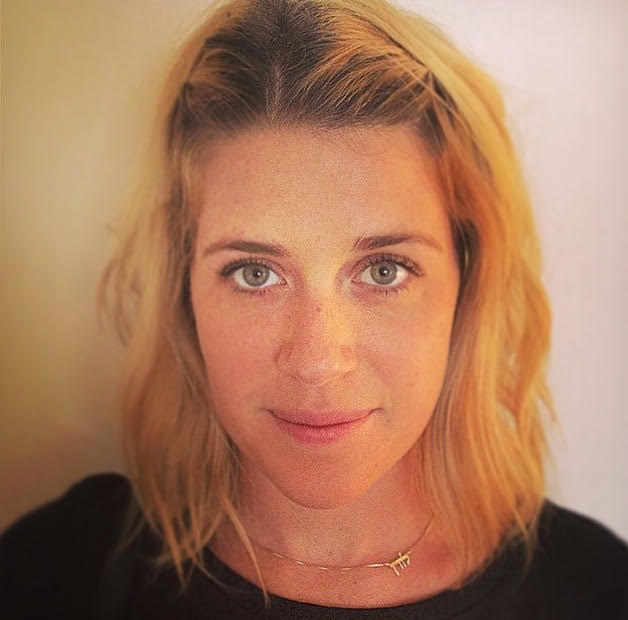And while this process can reveal embarrassing realities, the point of recording your application’s performance is to improve the product and experience on behalf of users.
Functionality
“Tracking your app’s functionality is paramount to developers… and not only will data tell you if you’re on track to accomplish the goals you’ve set, but it also lets you know important information about what’s not working,” says David Gardner, Code Fellows graduate and co-founder of DealTapp. “If you notice people are downloading or using your app but aren’t creating accounts, this could signal user confusion on the signup process or communicate another issue that needs to be promptly resolved.”
Begin tracking the following performance data sets as a means of quality assurance:
- Average amount of time necessary for your app to respond to the requests of a user under peak traffic
- Frequency of requests for your app by users
- Number of successful requests versus error requests
- Pages/functions of your product that attract users (and for how long)
As you assess the functionality of your product, always consider the amount of bandwidth necessary to fulfill the demands of your prospective audience. They will not wait around for you, and your ability to serve users quickly is essential for winning them over.
Audience
Successful applications continuously record and measure user behavior. Strategic research using survey technologies and customer-relationship management tools make it easier to understand the people using your application, and will inform everything from social media updates to design functionality.
Dave McClure, founder of business accelerator 500 Startups, suggests tracking audience behavior using the “AARRR!” philosophy:
- Acquisition (where/what channels do users come from?)
- Activation (what percent have a “happy” initial experience?)
- Retention (do they come back and re-visit over time?)
- Referral (do they like it enough to tell their friends?)
- Revenue (can you monetize any of this behavior?)
Recording how people engage with your app should determine your developmental and financial strategy as you move forward.
Financial
Financial data measures your application’s economic viability, and preparing a business model is the first step to setting and exceeding financial goals.
What call-to-action will sell your users on the product? How will you convince business owners to spend $50-$100 per month on your app? If your app is directed at a younger audience, do you have an advertising model that lets you offer your app for free? (If you do choose a ‘freemium,’ or tiered strategy for selling your app, make sure you reward paying users with substantial additional value.)
When cash does begin flowing in, be mindful of the numbers that mentors, investors and clientele will use when evaluating your business model: gross profit margin, operating margin, net margin, and the returns on capital employed. Keep these figures conversationally available, and understand how they relate to the trajectory of your application’s success.
There are plenty of free opportunities and tools available for measuring your product and the people it serves. The sooner you begin collecting the available social, functional, and financial data of your app, the sooner you’ll uncover new and objective wisdom about what you should be working on next.

